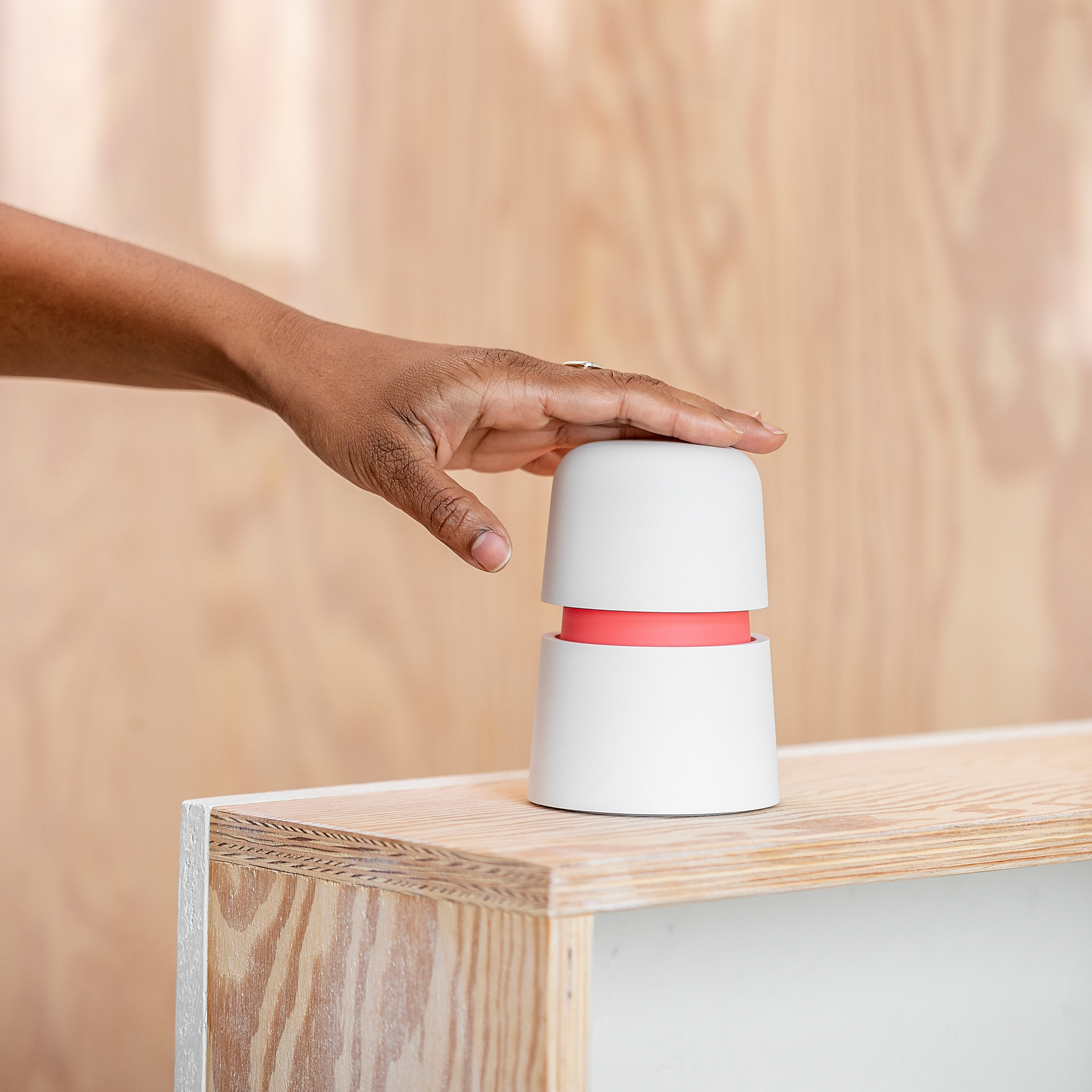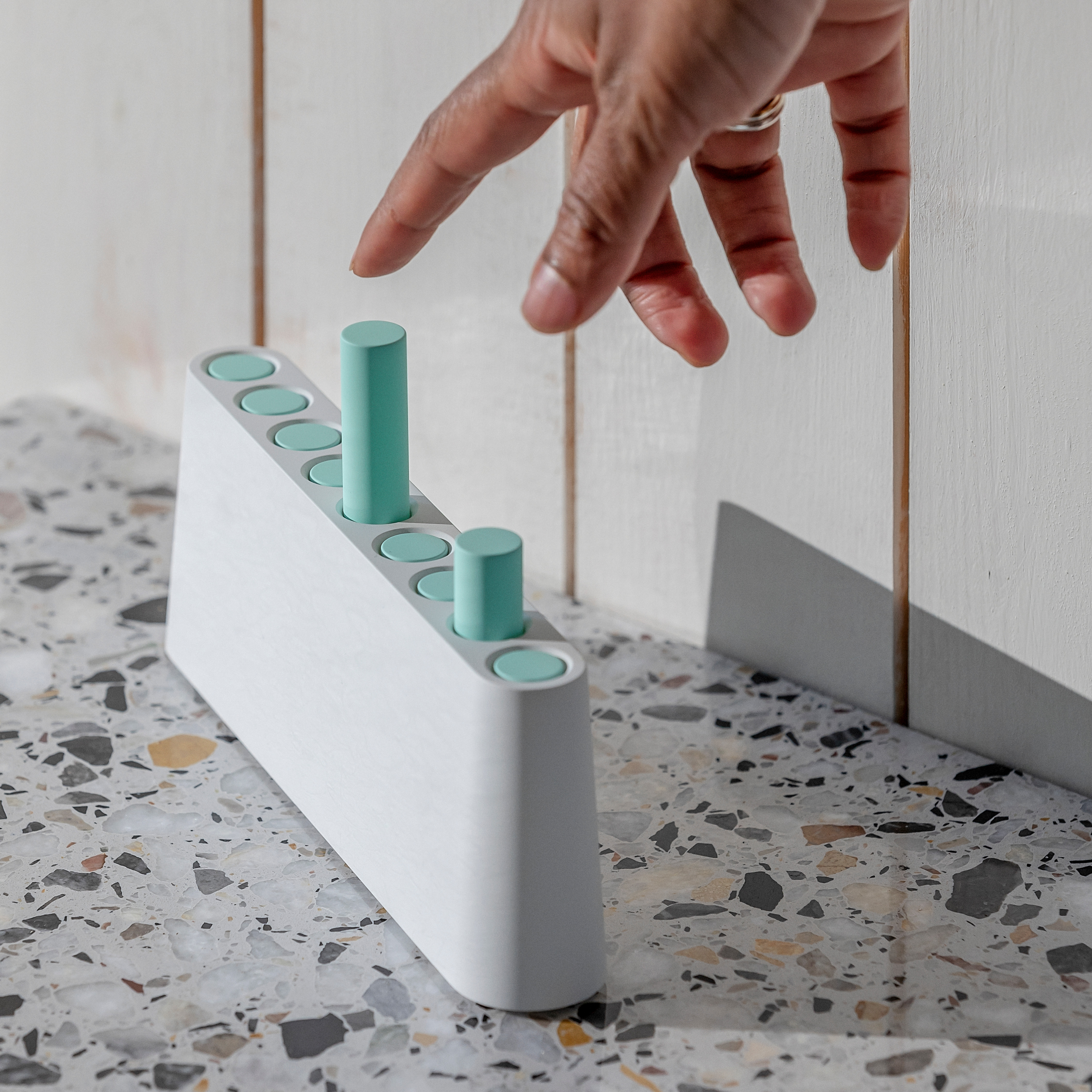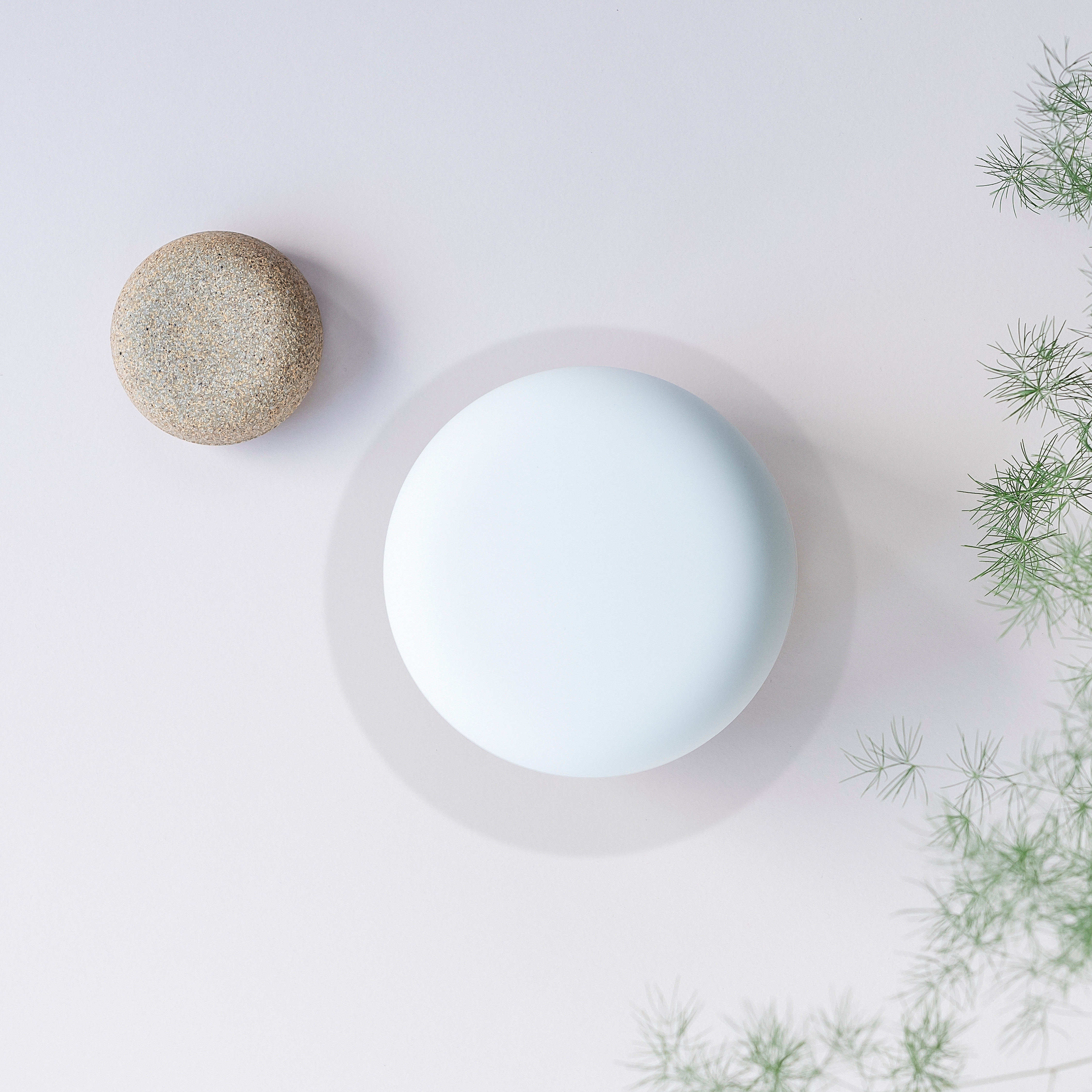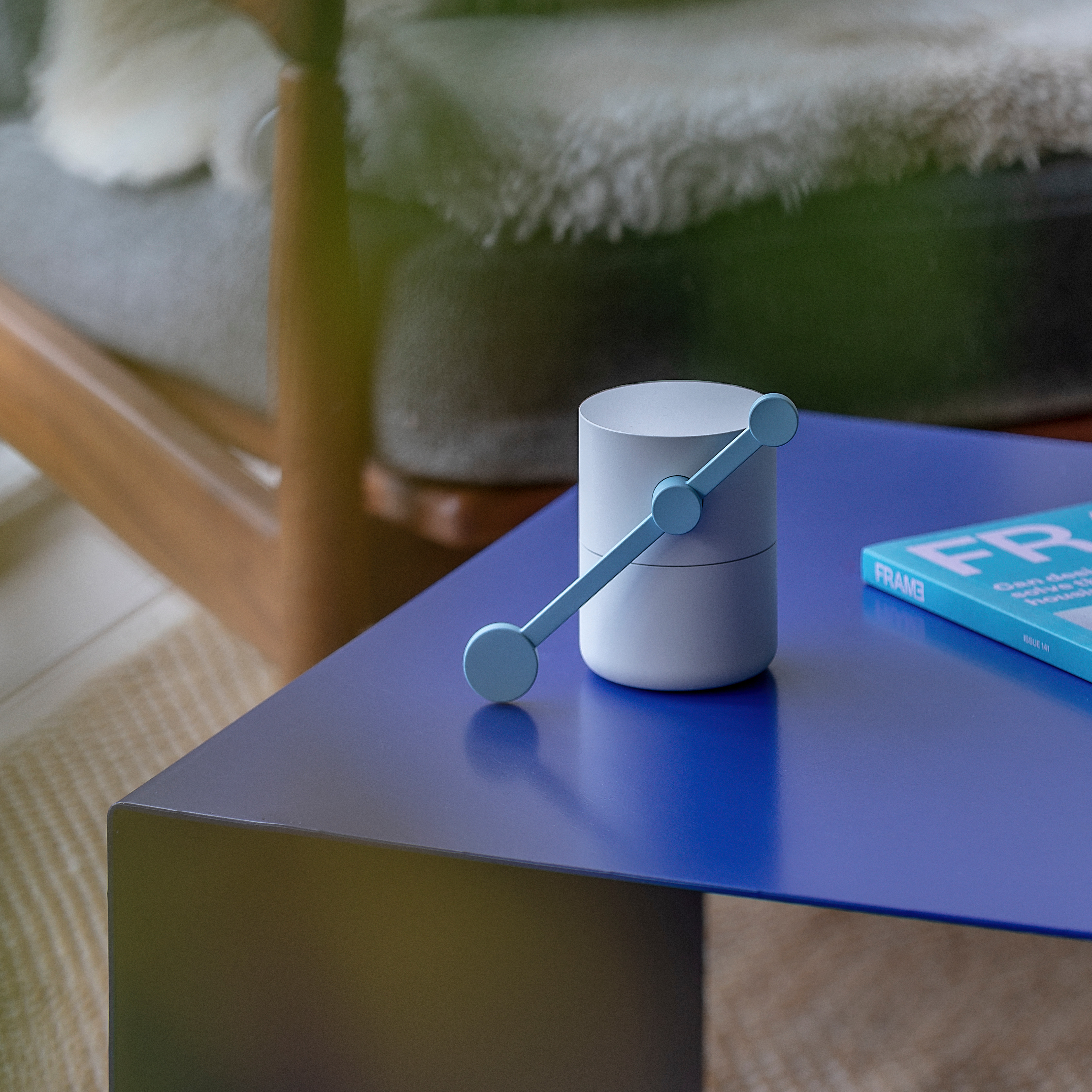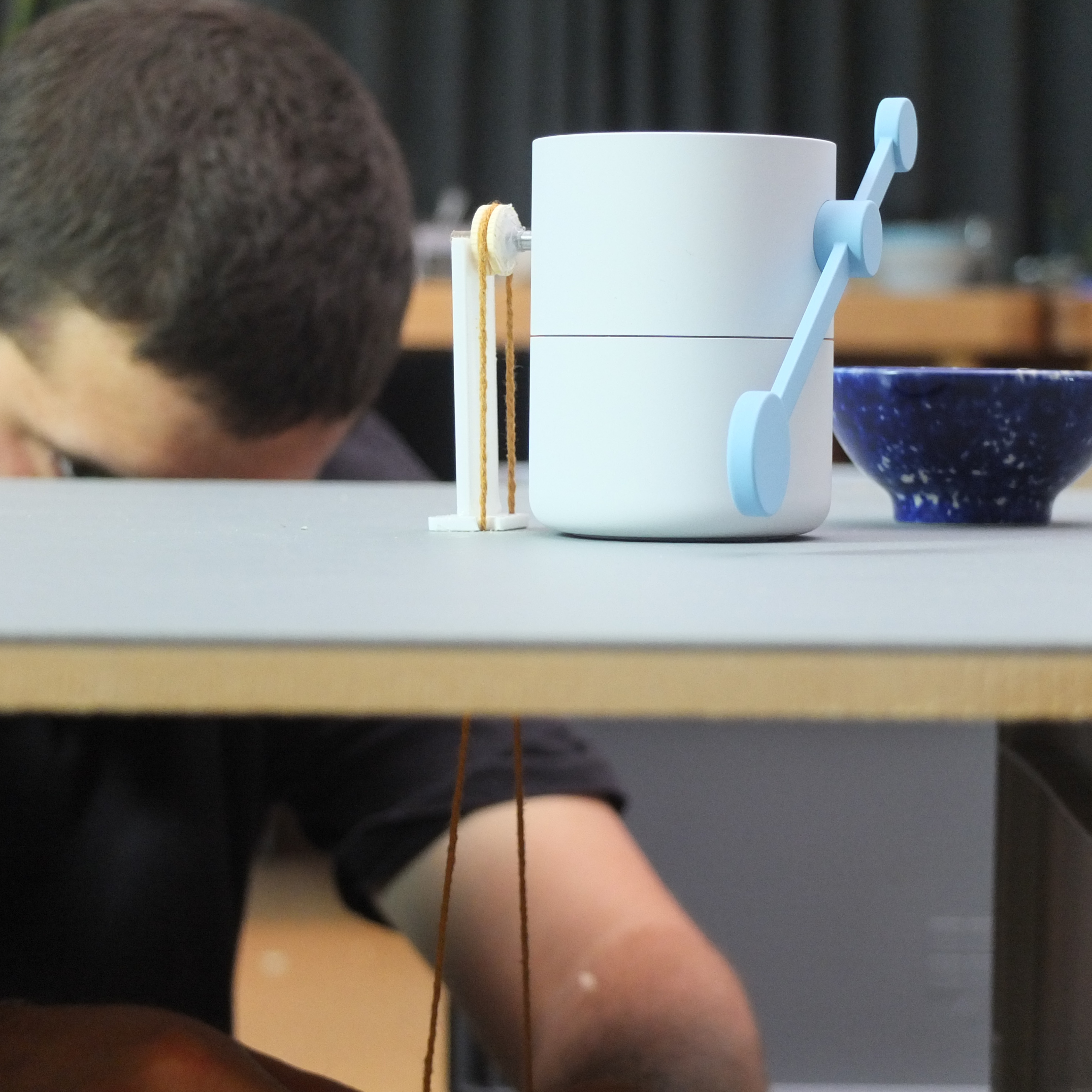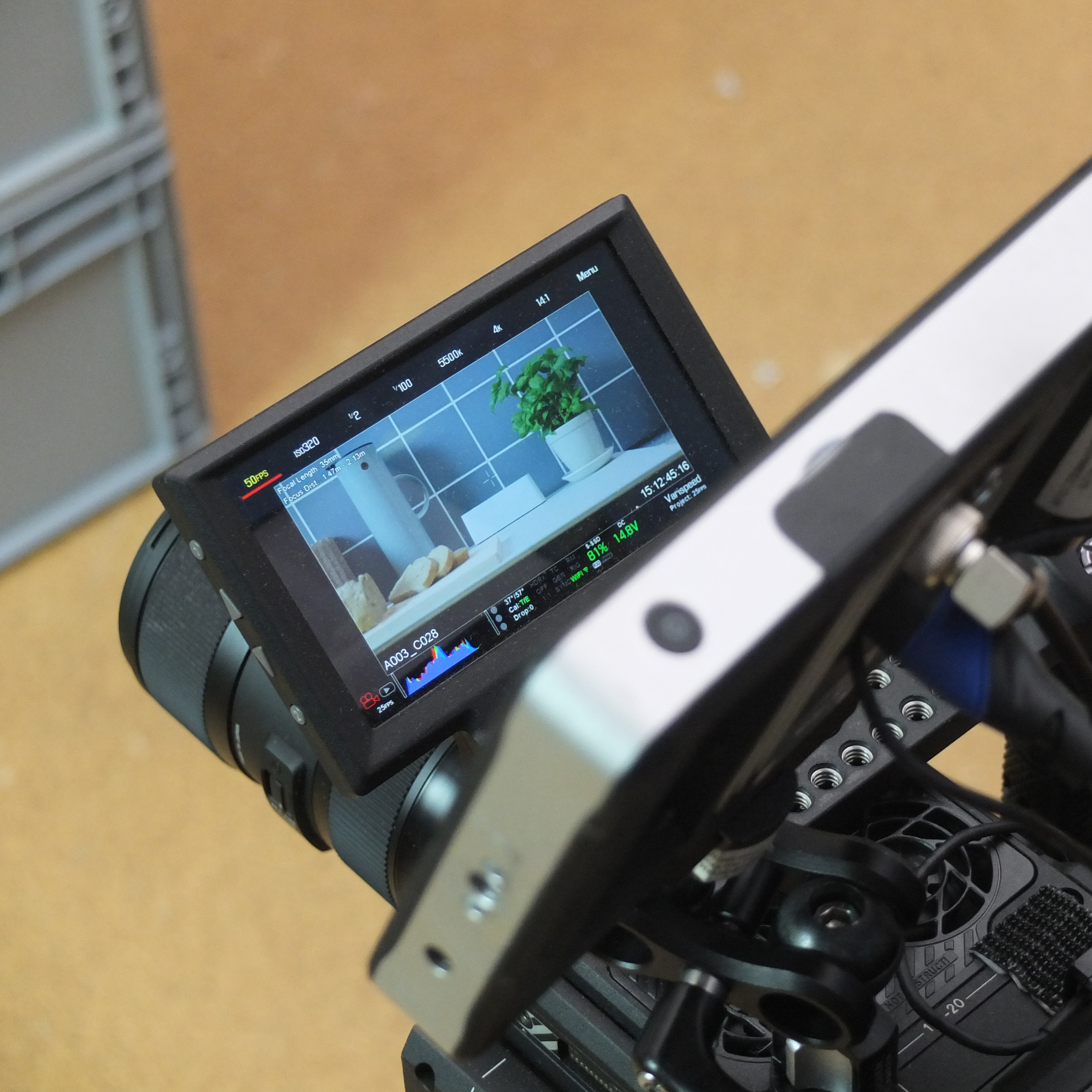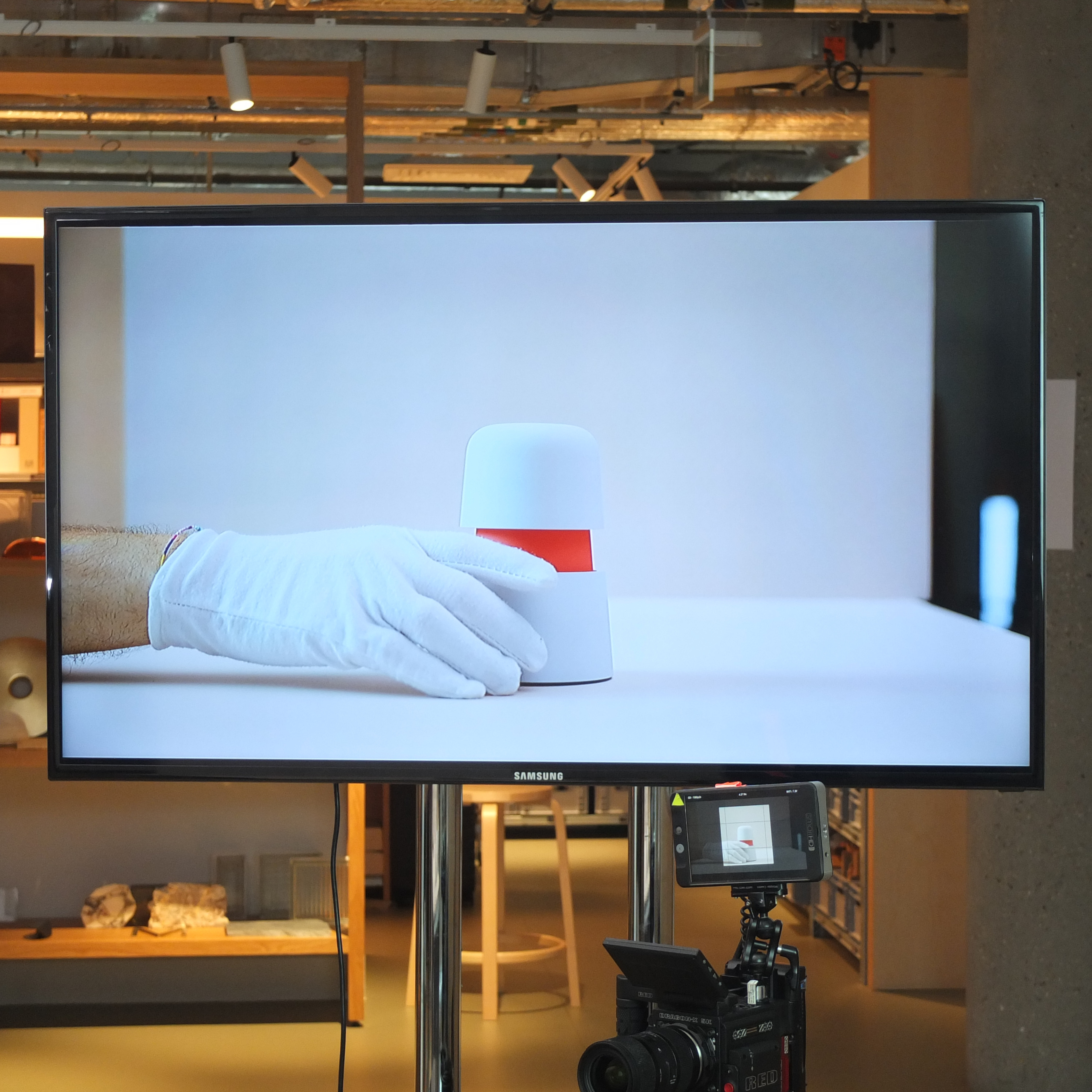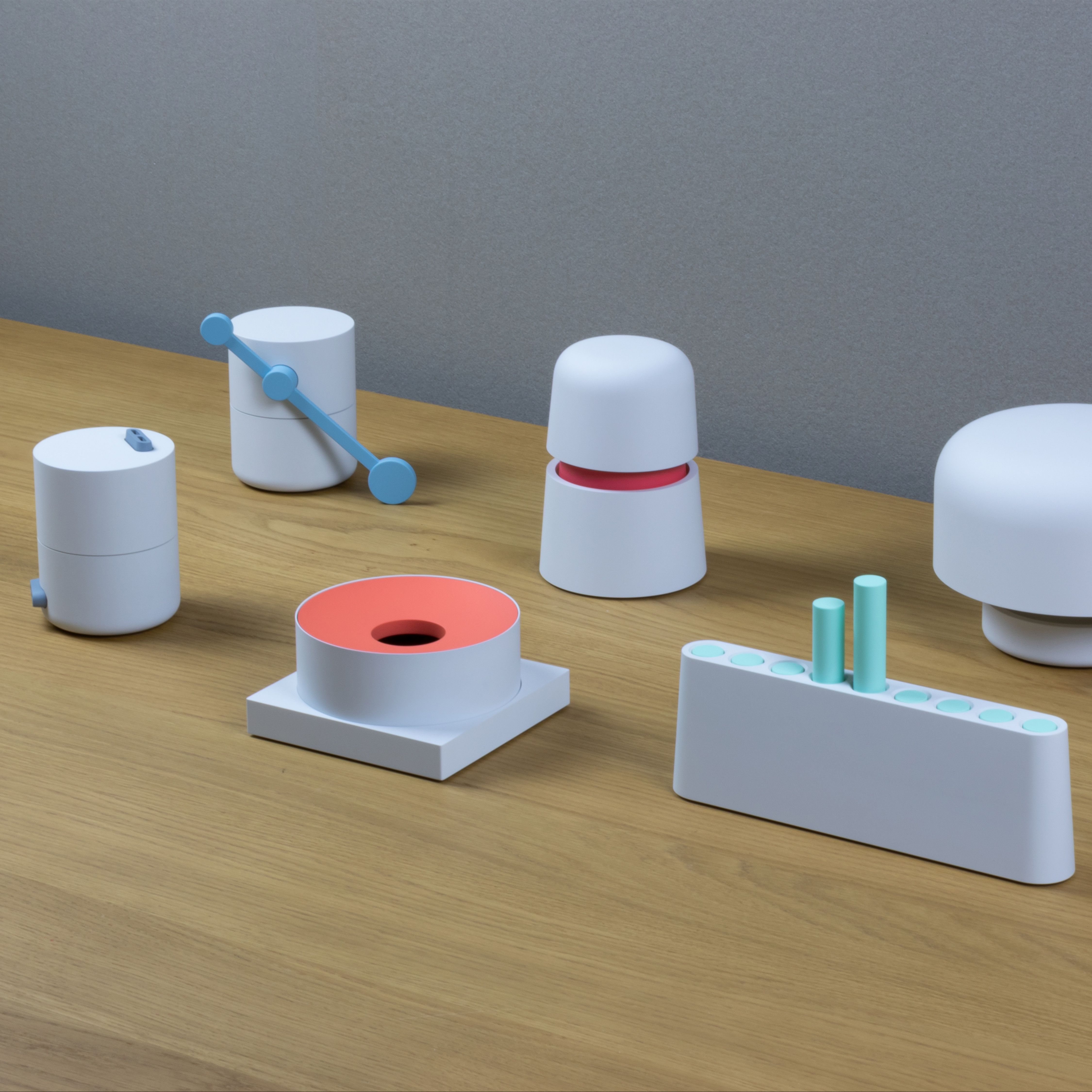Little Signals: an exploration into ambient and calm technology.
From email and message alerts to weather and traffic updates, we rely on screen-based devices for the majority of our day-to-day information - but what if there was a better, more human way to receive information? Is there a way we can live more harmoniously with technology? And as new technologies emerge, how might we create new archetypes? These were some of the questions we sought to explore for our ‘Little Signals’ thought-starter in collaboration with Google Seed Studio.

Where it all began: ambient technology
When you say ambient tech, people often think of products such as smart light bulbs and speakers. Here at Map, we see this term anchored around a broader set of thinking, looking at how an environment is sensitive and responsive to someone’s presence. It’s about connectivity and communication, bringing the outside world into your home in new ways, where information isn’t being channelled solely through your smartphone but rather a series of more human devices.
The conversation around ambient technology has been bubbling away for many years under different guises. Computer scientist Mark Weiser coined the term ‘ubiquitous computing’ back in 1988: “The most profound technologies are those that disappear, they will weave themselves into the fabric of everyday life until they are indistinguishable from it.” Essentially, when something is designed well, it can seemingly disappear as you are able to behave naturally around it.
On the contrary, tech that is not designed well becomes a barrier to what you are trying to achieve, requiring you to adjust behaviours to complete tasks. Take the application of screens: early home technology often put screens where none had been before, seeking to combine it with familiar home electronics. But the screen isn’t always the best solution for receiving information. With a screen, you lean forward, are immersed, and focused on the task at hand. Lean back experiences allow us to facilitate other things whilst getting information; we are not wholly reliant on that singular transformation of information and can instead have a more nuanced exchange. We can ‘lean-back’ with the right tech, giving people more choice about the way they communicate and stay connected.
Where do we go next?
We receive a huge amount of our day-to-day information from screen-based products like mobile phones but are these really the most appropriate devices for our homes? And as new technology emerges, how do we create new archetypes? Do we just keep using the same artefacts and make them more high-tech or do we create a whole new palette to work with? For us, the latter is the future of ambient technology for the home - new product archetypes for new behaviours.
Enter: Little Signals
Created in collaboration with Google Seed Studio, Little Signals is a thought-starter that builds on the concept of ambient technology and ‘calm technology’ - where the interaction between the technology and its user occurs in the periphery rather than constantly at the centre of attention. We did this by looking to everyday objects that find subtle ways to inform us - from the moving hands of a clock to the whistle of a kettle - and harnessed these sensory cues to create six conceptual objects. The resulting designs make use of movement, shadows, and sounds, to let us know when our digital lives need attention, but otherwise work to maintain a sense of calm.
Meet The Objects…

Air interacts with its close surroundings. Pulses of air move nearby objects, like the leaves of a plant, to attract attention.

Button combines scale and sound to communicate and provide control. The top twists - right for more details, left for less - and grows as it receives information.

Movement features seven pegs that graphically represent information - like a calendar or timer - through their height and motion. The pegs work individually or as a group and are tapped for simple input.

Rhythm generates ambient sounds. Qualities of the melody convey qualities of the information, like its importance, urgency, or tone. A wave over the object, or simply turning it over, mutes it.

Shadow communicates through the movements of the shadow it casts. They show the object’s status, like gently breathing when active or stretching in response to presence.

Tap makes use of surfaces to create sounds that act as notifications. A stronger tap means more pressing news.
Through the use of model making, stop-motion animation, film and photography, we brought the objects to life to offer a unique perspective for future interactions with technology. Whilst it’s only an experiment, for now, we hope it inspires the design industry to think broadly about the different ways we can engage with objects and technology.
View the full project on Google’s site.
Lifestyle photography by Taran Wilkhu.


